DVDRip | English | MP4 | 960 x 540 | AVC ~971 kbps | 29.970 fps
AAC 125 Kbps 48.0 KHz | 2 channels | 02:19:00 | 1.17 GB
Genre: eLearning Video / Guitar lesson
Learning the language of music and improvisation is like learning any new language. You start by articulating sounds (notes), which sounds you use to form words and sentences (licks and phrases), and which sentences you string together into stories (solos). The tricky part is connecting those licks and phrases into compelling and interesting solos.
Angus Clark’s Hard Rock edition of Solo Factory reveals a variety of creative and effective ways to seamlessly connect your vocabulary of licks and craft full-length, exciting solos.
“Every guitarist develops their own vocabulary of licks and phrases easily enough. But, connecting those licks and phrases into a compelling solo can be fairly challenging. In this Solo Factory, we’ll discuss solo architecture and work on an essential vocabulary of licks, separated into four thematic categories. We’ll cover melodic licks, builder licks that facilitate register changes, a handful of my own go-to “money” licks, and of course, we’ll cover a few blazing, over-the-top licks you’ll melt faces with.
We’ll then work through a series of 8 solo performance studies across 4 distinct hard rock tracks demonstrating how you can build more impactful solos by mixing, modifying, and connecting the licks from the first section. ”
In the first section of the course, Angus will teach you 5 ‘melodic’ licks, 4 ‘building’ licks, 6 ‘money’ licks, and 9 ‘over-the-top’ licks. In the second section of the course, Angus demonstrates how to craft solos with that vocabulary of licks over a variety of hard rock feels and tempos. You’ll play your way through 9 soloing performance studies.
Power Ballad Solo 1 – “This is in D major, so let’s talk about a couple of different approaches to soloing over this type of progression. I wanted to be sure and get some over the top stuff in there while keeping the solo generally upbeat and in the vibe with the power-ballad-y nature of the song. The opening of this solo is a combination of three builder licks taking us all the way from the low G to the high D on the guitar. That’s three and a half octaves! From there, we hit the Lukather “Rosanna” lick, followed by a Clapton style money lick. This solo is getting expensive!! For the turnaround into the second chorus, we’ll pull out the sweeps, so there’s a bit of flash before making a big melodic statement with a descending diatonic line. Cap it all off with a bit of ‘bluesiness’ and you’re done!”
Power Ballad Solo 2 – “The second solo has less flash and more feel than the first one, but is equally effective. This take on the solo starts with more of the noisemaker approach from “The Unforgiven”. This gives way to a more melodic noisemaker where we’re using a ringing pedal tone over the diatonic material. From that point forward, it’s all about digging into as much blues as the chord progression will allow, so we have to call upon the Neal Schon playbook to get us what we want. Remember to tweak that third major almost always!”
Symphonic Metal Solo 1 – “This is a longer form solo, so the pacing is very important. For the first take, we start in a lower register with a more melodic approach, in the second take I go for a more aggressive opening passage. The challenge here is that the rhythm part and the chords during the opening section are just kind of grooving along, so we have to create a sense of purpose to the solo in order to set things up for when it all gets cooking. Listen for the melodic approach at the beginning. On this take, check out the double stop at the very end. Pocket. Noise. Grit. Go get it.”
Symphonic Metal Solo 2 – “This version of the solo is the “young gun” approach of making it a non-stop flood of energy from top to tail. Tapping. Tremolo picking. Unison bends. Noisemakers. This solo follows the band much more closely than the first solo. Be careful with your rhythm on the tapping section, there can be a tendency to rush during something like this. The rest of it is all fairly straightforward and pulled from my usual bag of tricks.”
Power Metal Solo 1 – “These performance studies will run the gamut all the way from Michael Schenker to Randy Rhoads. Which is about 20 feet artistically speaking. (that’s a joke). Similar to the symphonic metal example, this solo starts with some half-step bends and very melodic material, which gets repeated in an upper register just before the key change. It gets fairly non-stop intense once the key change happens, so hold on to your hat! I really enjoy these solos that have a harmonic shift in the middle. This one has a change from A minor to B Mixolydian.”
Power Metal Solo 2 – “The second take here is the much more Randy Rhoads inspired take, where instead of tapping we’ll use a 2-string repeater arp at the top to make a grand entrance. Some of the melodic choices are the same as in the first solo, so you can see how I could go down different paths, but still sound like me. On this take I use the harmonic shift to allow for a bunch of space by holding long notes, so it lets the harmonic content underneath the solo shine. Always remember that leaving open space is sometime the best option. Of all the licks in this, I think the ending is the most important. A lot of solos I do for records have this issue where the resolution of the solo section get kiboshed by either the vocal coming in or the next downbeat being a different tonal center, so we can’t end squarely on a big note.”
Slow & Heavy Solo 1 – “For the two separate takes, the primary difference is in terms of which register I am using. Right at the top, I’m all about making big noise on this solo, so watch out!! The opening lick is a repeater where we’re “nesting triplets”, and by that I mean that we’re playing eighth note triplets inside of quarter note triplets. It was the best way to get the right speed happening in order to sound aggressive right at the top of the solo. The “hook” of this solo is the double stop bend, which occurs three times and in two different registers. This kind of thing is great to come back to in order to create a through-line for a solo.”
Slow & Heavy Solo 2 – “This laid back approach to the top of the solo is nice and it allows for more traditional development, kind of in the way the symphonic metal solo came out. This is a very traditional solo form , in that it builds in terms of register just up and up, until you end on the E two octaves above the E you started on. At this point in the course, we’re looking at alternate versions of licks we’ve already seen, so take note of how things morph and get reused in this solo.”
Angus will explain and demonstrate all of the key concepts and approaches along the way. You’ll get standard notation and tabs for all of the performance studies. Plus, Angus includes all of the rhythm tracks for you to work with on your own. In addition, you’ll be able to loop or slow down any of the videos so that you can work with the lessons at your own pace.
Grab your guitar and let’s rock hard with Angus Clark!
Features:
Multi-Angle Videos
Slo-Motion
Looping
Progress Tracking
Includes:
32 Charts (.pdf)
28 Jam Tracks (.mp3)
32 Tabs (.gp5 or .ptb)
2 hr, 19 mins of Video (.mp4)
General
Complete name : acsfhr-004_hi.mp4
Format : MPEG-4
Format profile : Base Media / Version 2
Codec ID : mp42 (mp42/mp41)
File size : 23.8 MiB
Duration : 3 min 1 s
Overall bit rate mode : Variable
Overall bit rate : 1 101 kb/s
Encoded date : UTC 2018-09-04 23:36:23
Tagged date : UTC 2018-09-04 23:36:24
TIM : 00;00;00;00
TSC : 30000
TSZ : 1001
Video
ID : 1
Format : AVC
Format/Info : Advanced Video Codec
Format settings : CABAC / 4 Ref Frames
Format settings, CABAC : Yes
Format settings, RefFrames : 4 frames
Codec ID : avc1
Codec ID/Info : Advanced Video Coding
Duration : 3 min 1 s
Bit rate : 971 kb/s
Width : 960 pixels
Height : 540 pixels
Display aspect ratio : 16:9
Frame rate mode : Constant
Frame rate : 29.970 (30000/1001) FPS
Standard : NTSC
Color space : YUV
Chroma subsampling : 4:2:0
Bit depth : 8 bits
Scan type : Progressive
Bits/(Pixel*Frame) : 0.062
Stream size : 21.0 MiB (88%)
Language : English
Encoded date : UTC 2018-09-04 23:36:23
Tagged date : UTC 2018-09-04 23:36:23
Color range : Limited
Color primaries : BT.601 NTSC
Transfer characteristics : BT.601
Matrix coefficients : BT.601
Audio
ID : 2
Format : AAC
Format/Info : Advanced Audio Codec
Format profile : LC
Codec ID : mp4a-40-2
Duration : 3 min 1 s
Source duration : 3 min 1 s
Bit rate mode : Variable
Bit rate : 125 kb/s
Maximum bit rate : 192 kb/s
Channel(s) : 2 channels
Channel positions : Front: L R
Sampling rate : 48.0 kHz
Frame rate : 46.875 FPS (1024 SPF)
Compression mode : Lossy
Stream size : 2.72 MiB (11%)
Source stream size : 2.72 MiB (11%)
Language : English
Encoded date : UTC 2018-09-04 23:36:23
Tagged date : UTC 2018-09-04 23:36:23
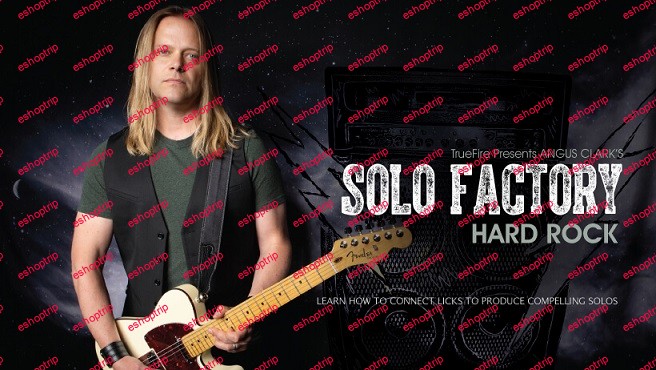
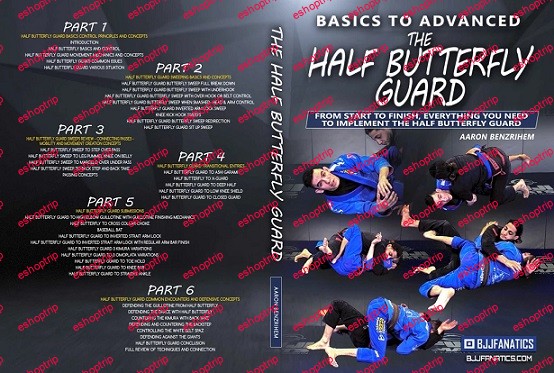
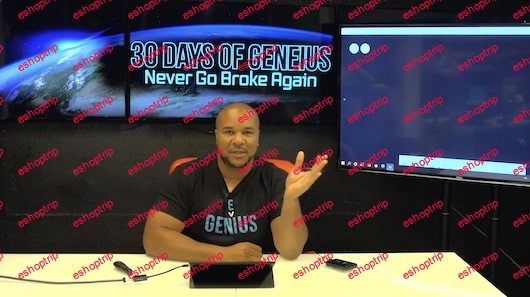
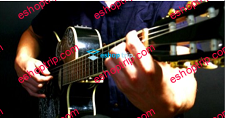
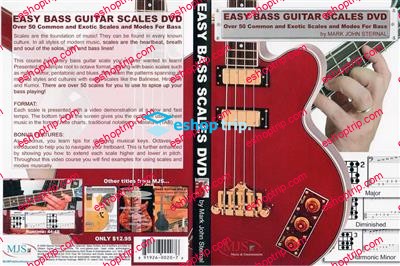

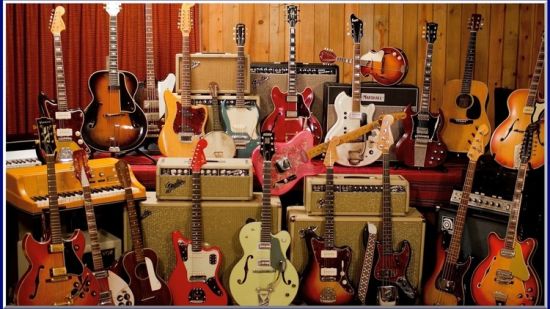
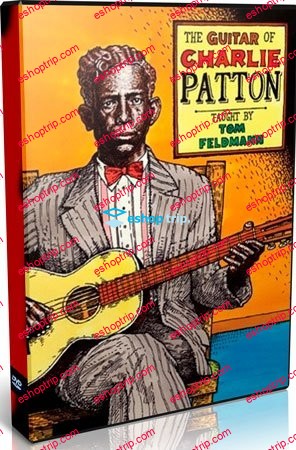
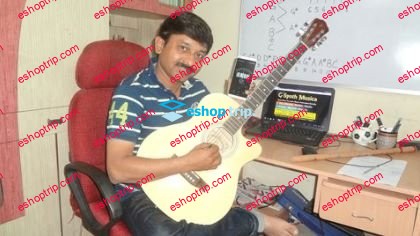
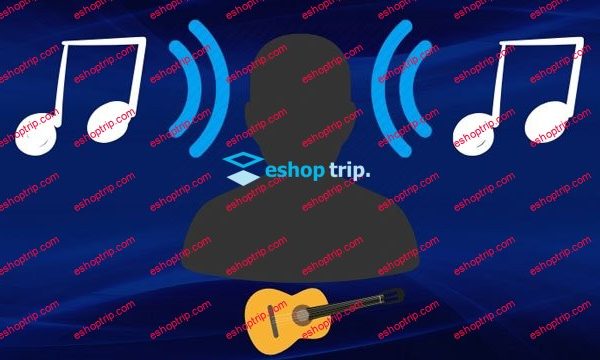
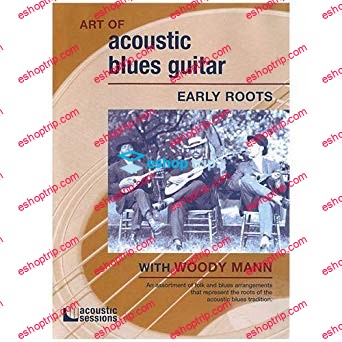
Reviews
There are no reviews yet.